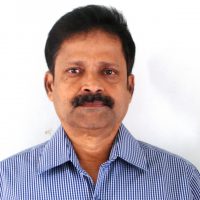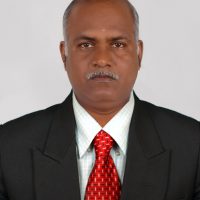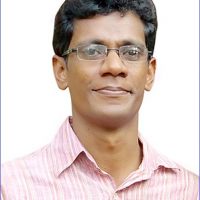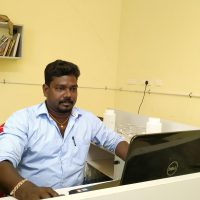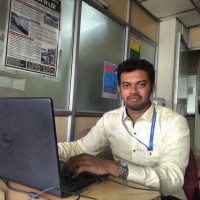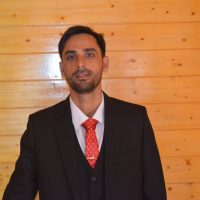Explore the
Department
The M.Sc., course in Disaster management was started in the Department of Ocean Studies and Marine Biology in 2007 and bifurcated as separate Department of Disaster management in June 2010 and centre is located in Port Blair. The Department is being fully supported by UGC. The Centre has excellent hostel facilities for M.Sc., students and research scholars. The M.Sc., Disaster Management course is intended to develop basic understanding of the natural Disaster such as Earthquake, volcano, landslide, tsunami, cyclones, floods, land subsidence, coastal erosion, salt water intrusion and long term disasters of climate change and sea level rise and manmade disasters like nuclear, epidemic and air pollution. The curricula is planned to identify the natural earth related problems by Microzonation mapping of through Geophysical, Remote Sensing and Geographical Information System. Both theory and practical classes are handled by experienced faculty members. World class equipments facilities are available.
MISSION OF THE DEPARTMENT:
The Department makes every effort to achieve academic excellence with world class field training to produce Disaster Managers.
VISION OF THE DEPARTMENT:
Natural and manmade hazards are increasing every year. Detection and remediation of the natural and manmade hazards are warranted urgently regionally and globally. To cater the needs: Curriculum is designed by Pondicherry University, to suit learners with multi skills. To develop man power to combat the mounting natural and manmade hazards, training with ‘Application of Geophysical Techniques such as Electrical Resistivity Tomographic ( ERT) Imaging; Ground Penetrating Radar (GPR); Seismic Imaging and Transient Electromagnetic ( TEM) to identify the subsidence, fault / fracture, subsurface cavity, landslide prone area; identification of ground water resource, contamination of ground water, salt water intrusion, and leach ate plume migration, hazardous waste disposal remote sensing and GIS Laboratory with latest
software of Arc GIS and ERDAS are provided. This training programme produces M.Sc., students with capability to make out and resolve the disaster related problem.
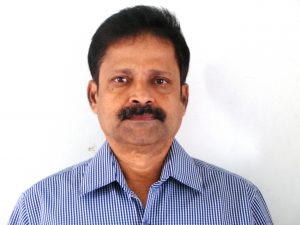
03192-261520
hodcdm@gmail.com
Office Contact Details
Programmes Offered
Faculty
- Seismograph with 12 channels
- SIR 2000 Ground Penetration Radar
- Electrical Resistivity Imaging
- Transient Electromagnetic (terra TEM)
- Total Organic Carbon Analyser
- Differential Global Positioning System
- Automatic weather Station
- Microscope with Image analyser
- Oceanographic Equipment
- Marine Magnetometer
- Side Scan Sonar
- Echo sounders
- Current meter
